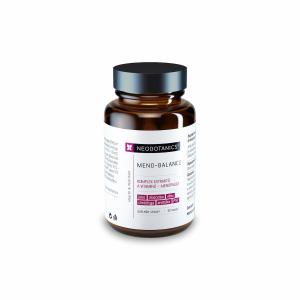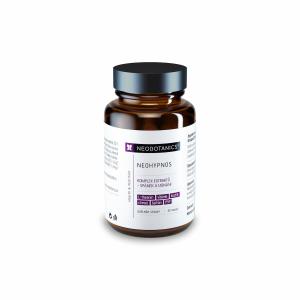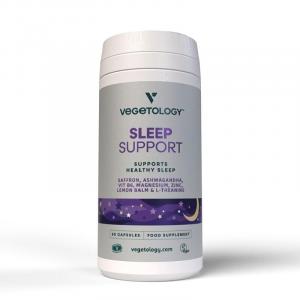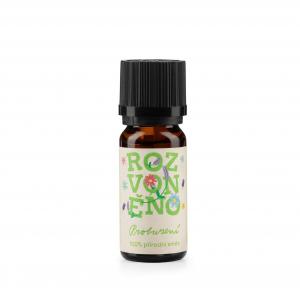
How to Prevent Migraines and Alleviate Their Symptoms
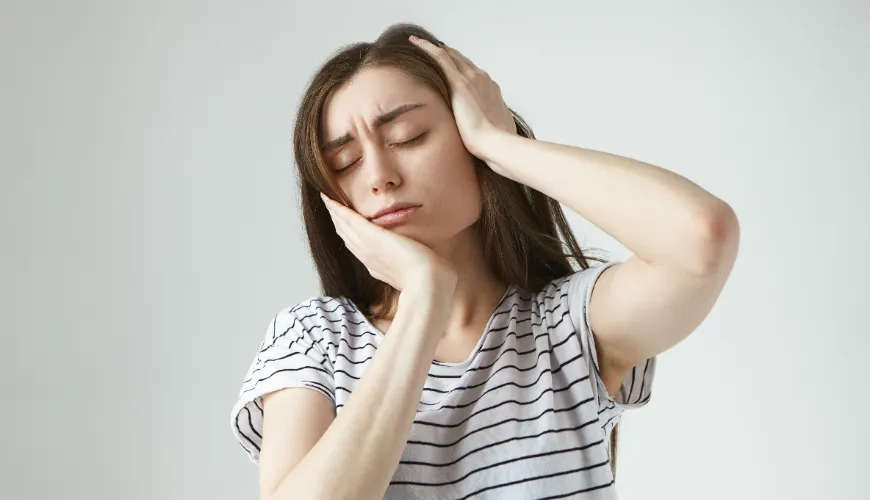
Comprehensive Guide to Understanding and Relieving Migraines
Migraine is a chronic neurological condition affecting millions of people worldwide. Unlike a regular headache, migraine is more intense and can last for several hours to days. This article focuses on migraine symptoms, what helps with migraines, how to relieve migraines, what a migraine is, and what to do when it occurs.
What is a Migraine?
A migraine is more than just a headache. It is a complex condition that often involves severe, pulsating pain on one side of the head. Migraines can be accompanied by other symptoms such as nausea, vomiting, and sensitivity to light and sounds. Some people may experience what is known as an aura, which are visual or sensory disturbances that precede or accompany the pain.
Migraines occur in four main phases: prodrome, aura, headache, and postdrome. The prodrome phase includes warning signs such as fatigue, irritability, or increased sensitivity to light. The aura is characterized by visual or sensory disturbances that can last up to an hour. The headache is intense, pulsating, and may be accompanied by nausea and vomiting. The postdrome phase involves feelings of exhaustion and weakness after the pain subsides.
Try our natural products
Migraine Symptoms
Migraine symptoms can vary, but the most common include:
- Severe pulsating headache: Usually affects one side of the head, but can spread to both sides.
- Nausea and vomiting: Common symptoms that often accompany the headache.
- Sensitivity to light and sounds: People with migraines often seek quiet and dark environments.
- Aura: Visual disturbances such as flashing lights or blind spots that may precede the pain.
Migraines may also be accompanied by other symptoms such as dizziness, fatigue, tingling or numbness in the hands and feet, along with speech difficulties. Some people may also experience mood changes, depression, or anxiety.
What Helps with Migraines?
There are several methods and treatments that can help alleviate migraines:
Medications
Migraine medications include both over-the-counter drugs like ibuprofen and aspirin, as well as prescription medications such as triptans. Each patient may respond differently to medications, so it's important to consult with a doctor about treatment. Some people may use preventive medications such as beta-blockers, antidepressants, or anticonvulsants to reduce the frequency and intensity of attacks.
Lifestyle Changes
Lifestyle can play a crucial role in migraine prevention. It is recommended to:
- Regular sleep: Ensure adequate and regular sleep.
- Hydration: Drink plenty of water.
- Avoid triggers: Identify and avoid foods or situations that can trigger migraines.
Try our natural products
Alternative Methods
Some people find relief in alternative methods such as acupuncture, massage, or yoga. These methods can help reduce stress and relax muscles, which can be very beneficial in migraine treatment. Herbal supplements like magnesium, riboflavin (vitamin B2), and coenzyme Q10 may also contribute to migraine prevention.
It is recommended to put half a teaspoon of Himalayan salt in a glass of water for gargling with a sore throat or drink it during a migraine. This provides minerals to the body and brings relief.
Diet and Nutrition
Proper diet and nutrition can play a key role in migraine prevention. It is advised to avoid foods that can be migraine triggers, such as chocolate, cheese, alcohol, and foods containing monosodium glutamate (MSG). Instead, focus on a diet rich in fruits, vegetables, whole grains, and proteins. Some people may also find relief by following a low-carbohydrate or ketogenic diet.
How to Relieve a Migraine?
When a migraine strikes, it is important to have a plan for immediate relief:
Rest Find a quiet and dark place where you can lie down and rest. Try to minimize exposure to light and noise.
Cold Compresses Applying cold compresses to the forehead or back of the neck can help reduce pain.
Hydration Drink plenty of water. Dehydration can worsen migraine symptoms.
Relaxation Techniques Try techniques like deep breathing or meditation, which can help release tension and reduce pain. Aromatherapy using essential oils such as lavender or peppermint may also provide relief.
What to Do During a Migraine?
When a migraine hits, it's important to have a few steps you can take:
Medications Take prescription or over-the-counter medications as soon as symptoms begin.
Calm and Darkness Find a calm, dark place to rest. Try to minimize any distractions.
Relaxation Techniques Try techniques like deep breathing or meditation, which can help release tension and reduce pain.
Monitoring Symptoms Keep a migraine diary, recording frequency, intensity, and possible migraine triggers. This diary may be helpful when consulting with a doctor.
Try our natural products
Psychological Support and Therapy
Migraines can have a significant impact on mental health and quality of life. Therapies such as cognitive-behavioral therapy (CBT) can help manage stress and anxiety associated with migraines. Group therapies and support groups can also provide emotional support and share experiences with others suffering from migraines.
Migraine is a complex condition that requires an individualized approach to treatment and prevention. Knowing the triggers, regular medication use, and lifestyle changes can help reduce the frequency and intensity of attacks. Remember, it is important to consult a doctor for any serious or persistent symptoms, who can recommend the most appropriate treatment.
We hope this article has provided you with useful information about migraines and helped you better understand how to effectively combat them.
